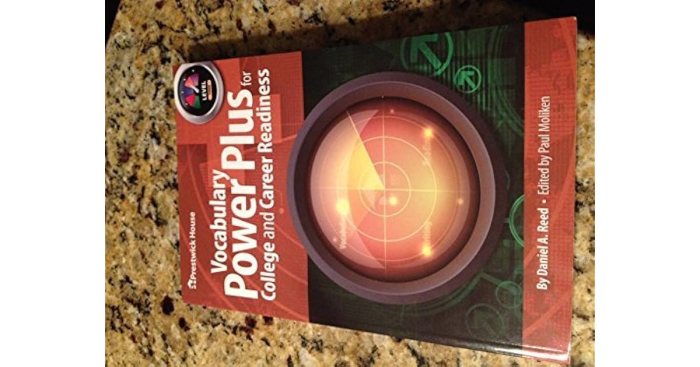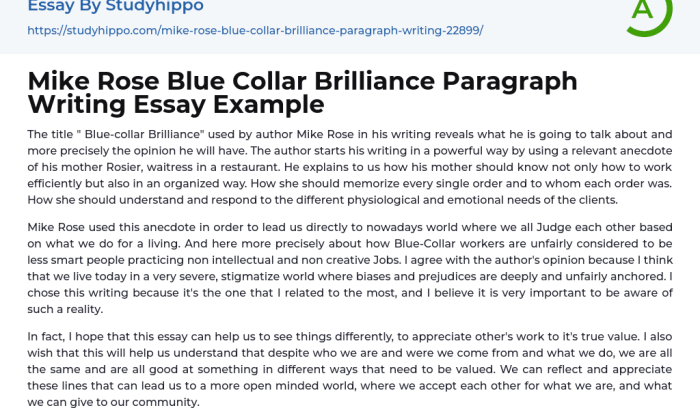Is AICE Thinking Skills hard? The answer is both yes and no. While the exam certainly presents challenges, with the right strategies and preparation, success is within reach. This guide will delve into the complexities of AICE Thinking Skills, exploring the factors that contribute to its perceived difficulty and providing a roadmap for effective preparation.
To fully understand the challenges of AICE Thinking Skills, it’s essential to grasp the nature of the exam. AICE Thinking Skills assesses a wide range of cognitive skills, including critical thinking, problem-solving, and analytical reasoning. These skills are fundamental to academic and professional success, but they can also be demanding to develop and apply.
Difficulty of AICE Thinking Skills
AICE Thinking Skills is an advanced-level examination that assesses critical thinking, problem-solving, and analytical abilities. It is recognized globally as a rigorous qualification that prepares students for higher education and careers requiring cognitive prowess.
The perceived difficulty of the exam stems from several factors:
- Cognitive Demands:AICE Thinking Skills requires students to engage in complex cognitive processes such as critical analysis, logical reasoning, and creative problem-solving. These skills demand a high level of intellectual maturity and cognitive flexibility.
- Unfamiliar Content:The exam often presents unfamiliar or abstract concepts that students may not have encountered before. This can make it challenging to apply their existing knowledge and understanding.
- Time Constraints:Students are given a limited amount of time to complete the exam, which can add pressure and make it difficult to demonstrate their full potential.
- Assessment Format:The exam consists of a variety of question formats, including essays, short answers, and multiple-choice questions. This diversity can test students’ abilities across different modes of thinking.
Cognitive Skills and Abilities Required
To succeed in AICE Thinking Skills, students must possess a range of cognitive skills and abilities, including:
- Critical Thinking:The ability to analyze information, identify biases, and draw logical conclusions.
- Problem-Solving:The ability to identify problems, develop strategies, and implement solutions.
- Logical Reasoning:The ability to use logic and evidence to make sound arguments.
- Creative Thinking:The ability to generate original ideas and perspectives.
- Metacognition:The ability to reflect on one’s own thinking processes and make adjustments as needed.
Strategies for Preparation

Effective preparation for AICE Thinking Skills requires a combination of structured study methods, practice, and revision. Understanding the exam format and question types is crucial.
Study Methods
Active Recall
Regularly test yourself on concepts and ideas without referring to notes. This forces your brain to retrieve information, strengthening memory.
It’s true that AICE Thinking Skills can be a bit of a brain-twister, but if you’re looking for a break, why not try counting the syllables in the word “scarf”? You’d be surprised to know that it has only one syllable . Now, back to AICE Thinking Skills—it might seem daunting, but with a little practice, you’ll be conquering those challenges in no time.
Spaced Repetition
Review material at increasing intervals (e.g., 1 day, 3 days, 1 week) to improve retention.
Note-Taking
Create concise and organized notes that capture key points, examples, and diagrams.
Practice and Revision
Practice Papers
Solve as many past papers as possible to familiarize yourself with the exam format and question style.
Mock Exams
Simulate exam conditions by taking timed mock exams. This helps you manage time effectively and identify areas for improvement.
Revision
Regularly review your notes and practice questions to reinforce concepts and improve understanding.
Mock Exams and Past Papers
Familiarization
Practice papers and mock exams expose you to the actual exam environment, reducing anxiety on test day.
Time Management
By practicing under timed conditions, you learn to allocate time wisely and avoid wasting it on difficult questions.
Identification of Weaknesses
Mock exams and past papers reveal areas where you need additional study and revision.
Content Coverage: Is Aice Thinking Skills Hard
The AICE Thinking Skills exam comprehensively assesses students’ critical thinking and problem-solving abilities. It encompasses a wide range of topics, including:
- Deductive and Inductive Reasoning:Evaluating arguments, drawing inferences, and making generalizations.
- Analysis and Interpretation:Interpreting data, identifying patterns, and drawing conclusions.
- Evaluation:Assessing the validity and reliability of information, arguments, and sources.
- Problem Solving:Identifying problems, generating solutions, and evaluating their effectiveness.
- Creative Thinking:Generating original ideas, exploring alternative perspectives, and making connections.
Exam Structure and Weighting
The exam consists of two sections:
- Section A:Multiple-choice questions (60% of the exam)
- Section B:Essay questions (40% of the exam)
Section A assesses students’ understanding of fundamental concepts and their ability to apply them in various contexts. Section B requires students to demonstrate their higher-order thinking skills by analyzing, evaluating, and solving complex problems.
Types of Questions, Is aice thinking skills hard
The exam includes a variety of question types, including:
- Multiple-choice questions with one correct answer
- Multiple-choice questions with multiple correct answers
- Short-answer questions
- Extended-response questions
- Essay questions
Students are expected to demonstrate their ability to:
- Identify and analyze arguments
- Draw inferences and make generalizations
- Evaluate the validity and reliability of information
- Solve problems and generate creative solutions
- Communicate their ideas clearly and effectively
Assessment and Evaluation
The AICE Thinking Skills assessment evaluates students’ critical thinking and problem-solving abilities. The grading criteria are based on the following levels of performance:
- Excellent (A):Demonstrates a comprehensive understanding of the assessment objectives and applies critical thinking skills effectively.
- Good (B):Demonstrates a solid understanding of the assessment objectives and applies critical thinking skills to most tasks.
- Satisfactory (C):Demonstrates a basic understanding of the assessment objectives and applies critical thinking skills to some tasks.
- Unsatisfactory (D):Demonstrates a limited understanding of the assessment objectives and struggles to apply critical thinking skills.
- Fail (E):Fails to demonstrate an understanding of the assessment objectives and is unable to apply critical thinking skills.
Understanding Assessment Objectives
Understanding the assessment objectives is crucial for success in the AICE Thinking Skills exam. The objectives Artikel the specific skills and knowledge that students are expected to demonstrate. By carefully studying the objectives, students can tailor their preparation to cover all the essential areas.
Frequently Asked Questions
How much time should I allocate for studying AICE Thinking Skills?
The amount of study time required will vary depending on your individual learning style and preparation level. However, it’s generally recommended to allocate several hours of dedicated study time each week.
Are there any specific resources or materials I should use for preparation?
Yes, there are various resources available, including textbooks, online courses, and practice materials. Additionally, past papers and mock exams can provide valuable insights into the exam format and question types.
What is the best way to approach the exam questions?
When answering exam questions, take your time to carefully read and understand the instructions. Break down complex questions into smaller, manageable parts. Use clear and concise language in your responses, and support your arguments with evidence from the text or your own reasoning.




